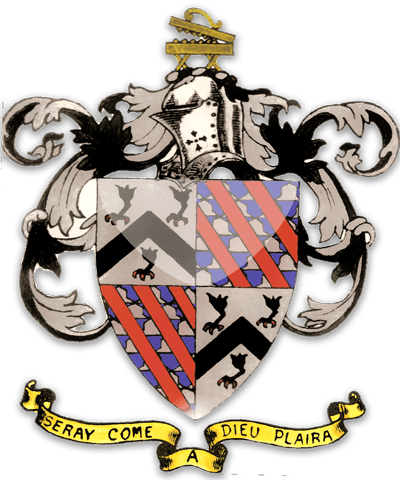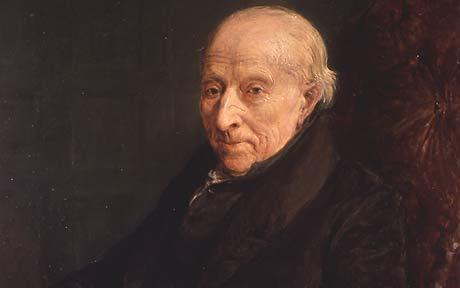History
Shere Manor Estate is a privately owned estate which has been in the Bray family since it was granted to Sir Reginald Bray by Henry VII in the late 15th century.
-

Sir Reginald Bray KG was one of Henry VII’s most trusted advisers; having been in the service of his mother, Margaret Beaufort, Henry had known Bray since he was a boy.
Legend has it that at the Battle of Bosworth in 1485, it was Reginald who found Richard III’s crown in the thorn bush after he was knocked off his horse and gave it to Lord Stanley to put on Henry’s head, declaring him the new king. What is undoubtedly true is that Bray was financially very astute, helping to shape the fortunes of the Tudor dynasty, as well as his own; he was given many manors as well as the manor of Shere, and was made a Knight of the Garter. He was also responsible for the completion of the nave of St. George's Chapel, Windsor, where the Bray crest, the hemp-bray, can be found 175 times within the nave.
When Sir Reginald Bray died in 1503 without children of his own, his property was divided between his two nephews. The younger brother, Edward Bray, inherited the manor of Shere, which has remained in this branch of the Bray family ever since. Over the centuries, land has been bought and sold and the Estate has seen many changes take place. Sir Edward Bray bought other manors including the Manors of Gomshall, Netley and Gomshall Towerhill in the 16th century.
-

In the 18th century, William Bray, distinguished Surrey historian – also renowned for having written in his diary the first ever record of baseball being played in England and after whom the Shere pub is named – acquired more cottages on Upper Street.
William kept a regular diary from the age of 16 through to his death in December 1832, aged 96. In 1761 he was appointed a Clerk of the Board of Green Cloth, under the patronage of Sir John Evelyn. This allowed him to travel the length and breadth of the country, documenting many of the places he visited over a 40-year period. He is also famous as co-author of a 30-volume 'History of Surrey', published between 1804 and 1814, copies of which are held in the British Museum.
He was also responsible for introducing Scots Pine to the Hurtwood and transforming that part of the heathland landscape of the Surrey Hills.
-
Shere School was built in the 19th century, thanks to the determination of Louisa Bray and her friend Laura Lomax, with stone and land given by Edward Bray.

More cottages were built in the village, two of them designed by Lutyens, a friend of the Bray family, and a pumped water supply was installed by Sir Reginald More Bray in the late 19th century which served the whole village.
-

The 20th century saw more changes still.
In 1926, Reginald Arthur Bray dedicated land throughout the Hurtwood to the public, giving them a right of air and exercise on foot or horse or bike – one of the first privately owned Estates to be dedicated for public access.
Today this is managed by a registered charity, The Friends of the Hurtwood.
Sir Jocelyn Bray inherited the Estate from his brother in 1950 and embarked on a major programme of cottage modernisation so that by the time the present lord of the manor, Handa Bray, inherited the Estate in 1964 all cottages had indoor bathrooms.
-
Handa Bray, the fifteenth Lord of the Manor, and the first female one, has presided over the estate for more than 50 years. Since she inherited she has followed in the steps of her forbears and continued the tradition of service to the community. She has been committed to providing affordable housing to let to local villagers keeping the village alive and the school thriving.

Re-opening the stone quarry at Pitch Hill in the 1980s meant she was able to provide land and stone for the building of Shere surgery and the adjoining car park, and later for the extension to the School Hall and the building of the School wall. Recent years has seen the transformation of High House Farm Barns into a suite of award-winning prestige offices, preserving their architectural heritage, and giving them a new lease of life for generations to come.